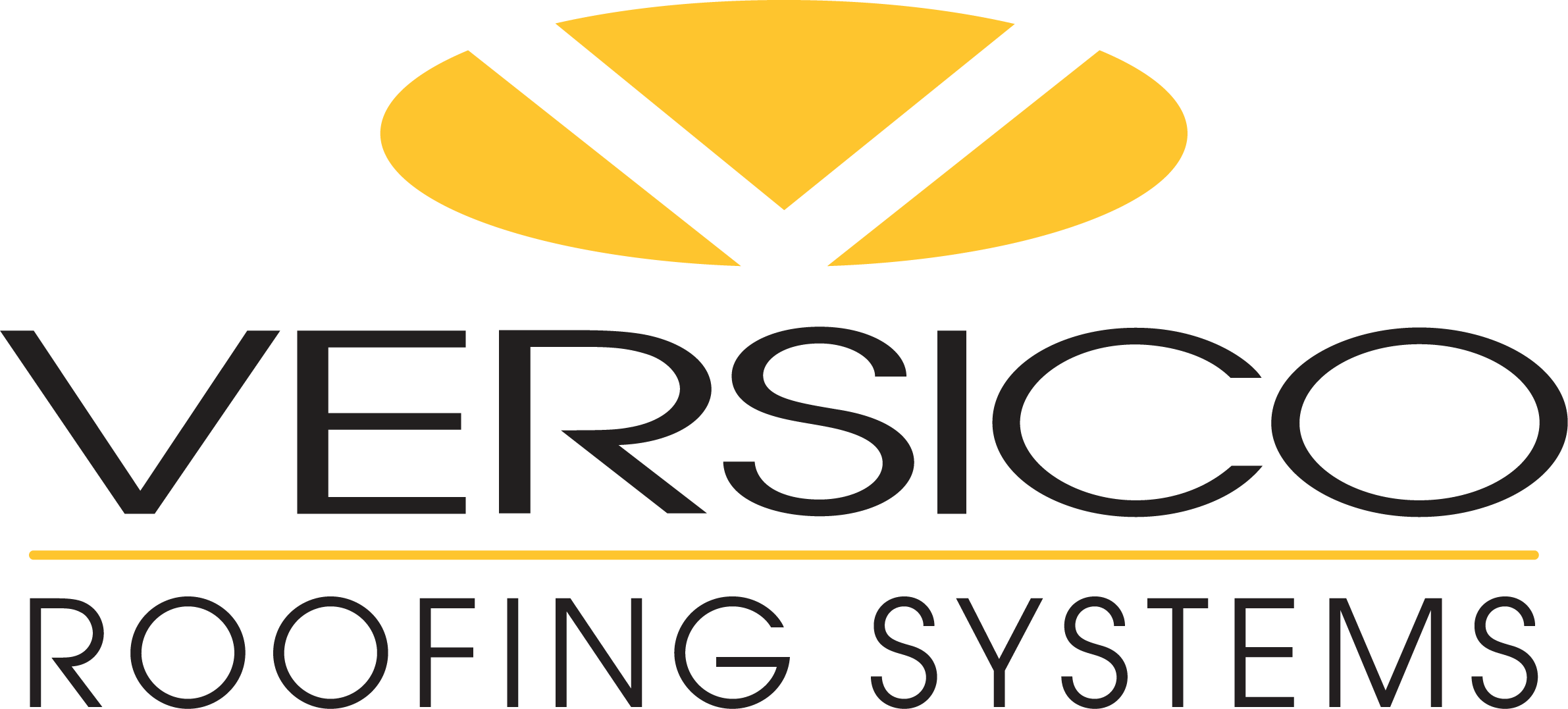Approved Ice and Snow Melts for use on EPDM Membrane
Keeping a roof in top-notch shape during the winter is of the utmost importance to building owners and applicators alike –keeping your crew safe and upholding the integrity of the roofing materials is essential.
One of the most commonly asked questions about an EPDM roofing system in the winter is related to the chemical compatibility of rock salt and other ice melts with EPDM membrane. EPDM is chemically resistant to rock salt (also known as halite or sodium chloride) and calcium chloride. If either of these two materials are applied according to the suppliers’ recommendation on an EPDM roof, there will be no chemical deterioration of the membrane.
Your biggest concern with rock salt and calcium chloride pellets will be the physical form these ice melts come in. Rock salt is a hard, crystalline product that could harm the membrane if walked on after application. Calcium chloride pellets are somewhat softer in texture, but could still potentially cause damage to the membrane if walked on before being broken down from the pellet form. Because of this, it is wise for you to limit foot traffic over any areas where ice melts have been applied, in order to minimize the potential for membrane damage through abrasion or puncture.
You should also note that chemicals such as halite or sodium chloride can potentially cause corrosion to metals like aluminum or copper, so it is wise to avoid application of these chemicals around any area on the roof that is made of these materials.
For more information regarding installation, care, and upkeep of EPDM – please contact Ron Goodman.
One of the most commonly asked questions about an EPDM roofing system in the winter is related to the chemical compatibility of rock salt and other ice melts with EPDM membrane. EPDM is chemically resistant to rock salt (also known as halite or sodium chloride) and calcium chloride. If either of these two materials are applied according to the suppliers’ recommendation on an EPDM roof, there will be no chemical deterioration of the membrane.
Your biggest concern with rock salt and calcium chloride pellets will be the physical form these ice melts come in. Rock salt is a hard, crystalline product that could harm the membrane if walked on after application. Calcium chloride pellets are somewhat softer in texture, but could still potentially cause damage to the membrane if walked on before being broken down from the pellet form. Because of this, it is wise for you to limit foot traffic over any areas where ice melts have been applied, in order to minimize the potential for membrane damage through abrasion or puncture.
You should also note that chemicals such as halite or sodium chloride can potentially cause corrosion to metals like aluminum or copper, so it is wise to avoid application of these chemicals around any area on the roof that is made of these materials.
For more information regarding installation, care, and upkeep of EPDM – please contact Ron Goodman.
Up Next
March 11, 2019
IRE 2019: Education and New Products Take the Spotlight
Approximately 10 years ago, the marketing community was declaring conventions and tradeshows a dying industry.
February 28, 2019
It's All in the Preparation with LIQUISEAL Liquid Flashing
Liquid flashing can solve a lot of problems on the roof; from irregularly-shaped and hard to flash penetrations; to creating tie-ins without impeding the flow of water.
February 14, 2019
Keep Your Membrane Splices On Par With Industry Standards
One of the biggest challenges in the application of single-ply roofing systems is ensuring that all seams, curbs, and miscellaneous items are flashed-in per industry standards.
